
One of the most influential figures in motion-picture history and generally considered as the best comedy artist of the film is Charlie Chaplin.
From childhood in the Victorian era until a year before his death in 1977, his career stretched over more than 75 years and included both adoration and criticism.
Chaplin lived in poverty and suffering during his early years in London. His mother battled financially; his father was absent; he was sent to a workhouse twice before age nine.
His mother was hospitalized in a psychiatric institute when he was fourteen. Early on, Chaplin started touring music halls and subsequently worked as a theatre performer and comic.
He signed with the Fred Karno firm at 19, which sent him to the US. Originally sought for the movie business, he started showing up for Keystone Studios in 1914.
Soon he adopted the Tramp identity and garnered a sizable following. Moving to the Essanay, Mutual, and First National companies, he directed his own pictures and kept developing his trade. He was among the most well-known people on Earth by 1918.
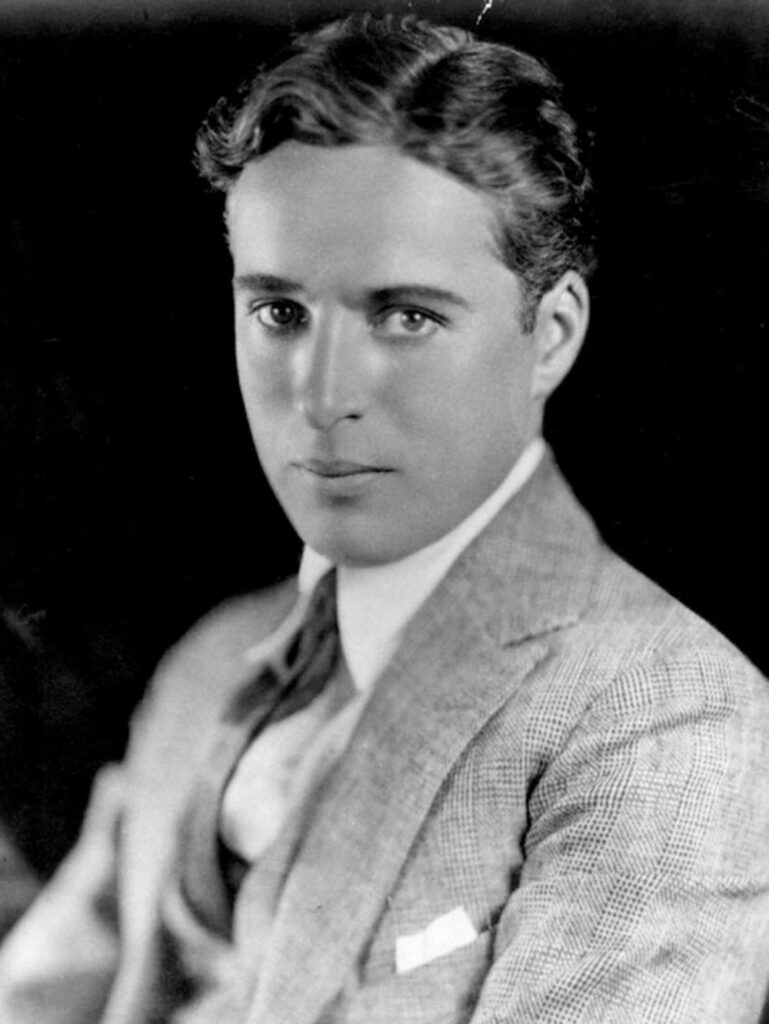
Chaplin co-founded the distribution firm United Artists in 1919, therefore gaining total control over his pictures. His first feature-length picture was The Kid (1921), then A Woman of Paris (1923), The Gold Rush (1925), and The Circus (1928).
Originally making City Lights (1931) and Modern Times (1936) without dialogue, he first resisted moving to sound pictures in the 1930s. The Great Dictator (1940) his first sound film, parodied Adolf Hitler.
For Chaplin, the 1940s were turbulent and his popularity fell fast. He was charged with communist inclinations, and his participation in a paternity lawsuit and marriages to far younger women shocked several members of the press and public.
Chaplin was obliged to leave the United States and settle in Switzerland when an FBI enquiry was launched. Later films by him, Monsieur Verdoux (1947), Limelight (1952), A King in New York (1957), and A Countess from Hong Kong (1967), dropped the Tramp.
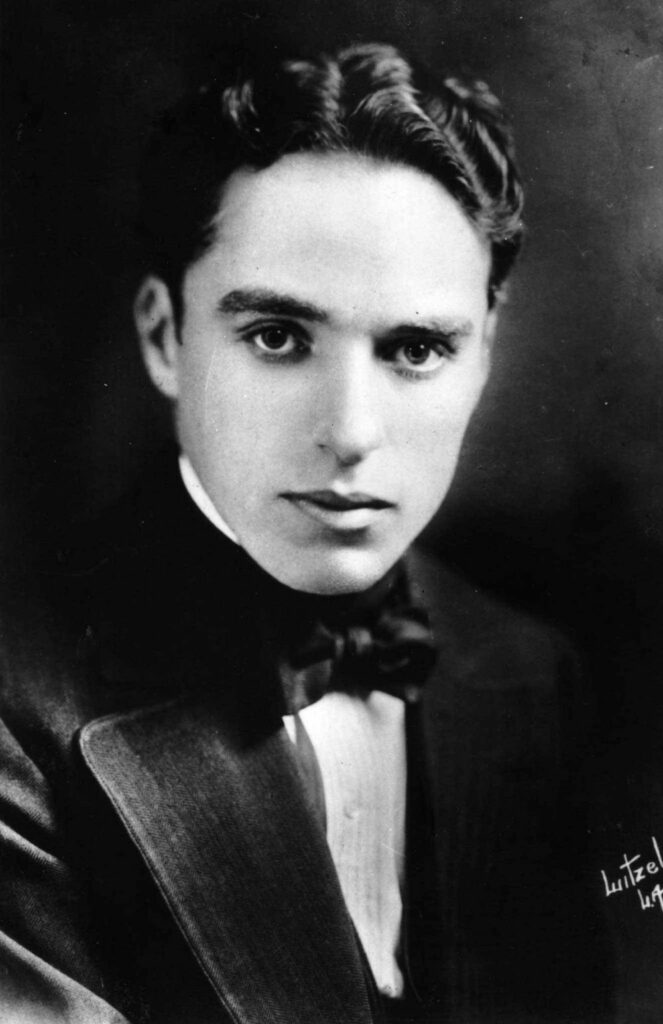
For most of his films Chaplin wrote, directed, produced, edited, starred in, and composed the music. Perfectionist by nature, his financial freedom allowed him to spend years working on and producing a picture.
Combining melancholy with comedy, his pictures reflect the Tramp’s battles against hardship. Many combine autobiographical aspects with political and social issues.
Part of a fresh respect for his work, Chaplin got an Honorary Academy Award in 1972 for “the incalculable effect he has had in making motion pictures the art form of this century”.
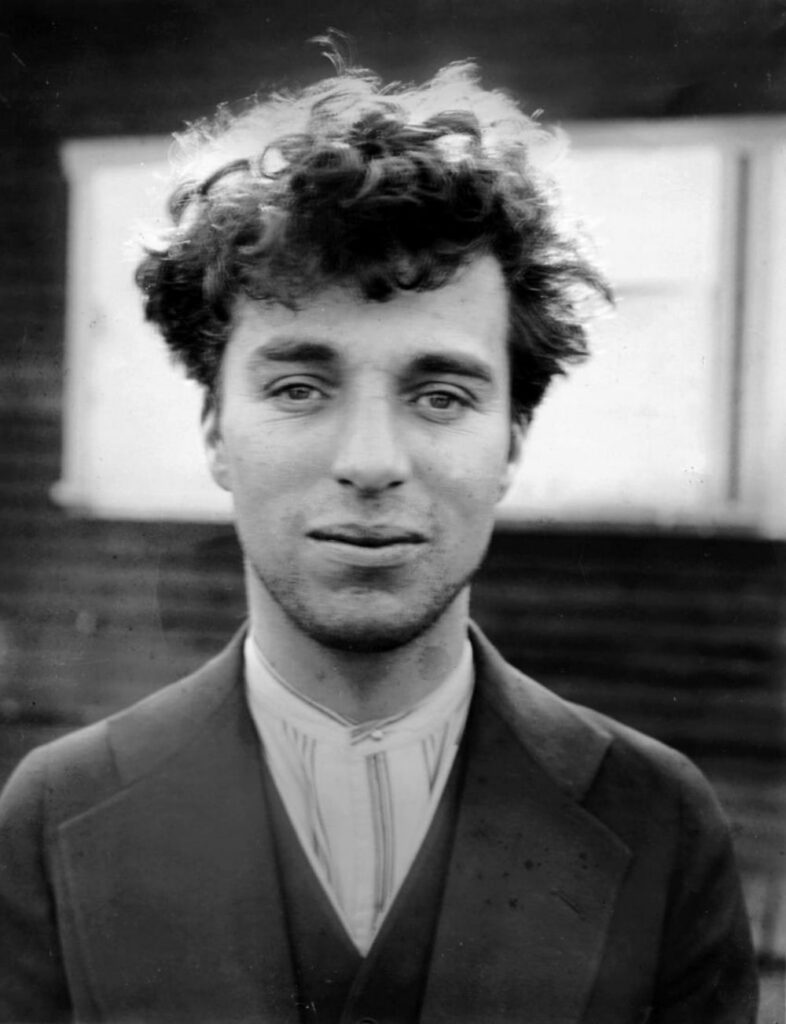
Andrew Sarris, a film critic, said in 1998 Chaplin “arguably the single most important artist produced by the cinema, definitely its most amazing performer and probably still its most universal icon.”
The British Film Institute calls him “a tower in world culture,” and Time magazine’s list of the “100 Most Important People of the 20th Century” features him for “laughter [he brought] to millions” and because he “more or almost invented global recognizability and helped turn an industry into an art.”
Chaplin was in tenth place among male stars in Classic Hollywood Cinema according to the American Film Institute in 1999.
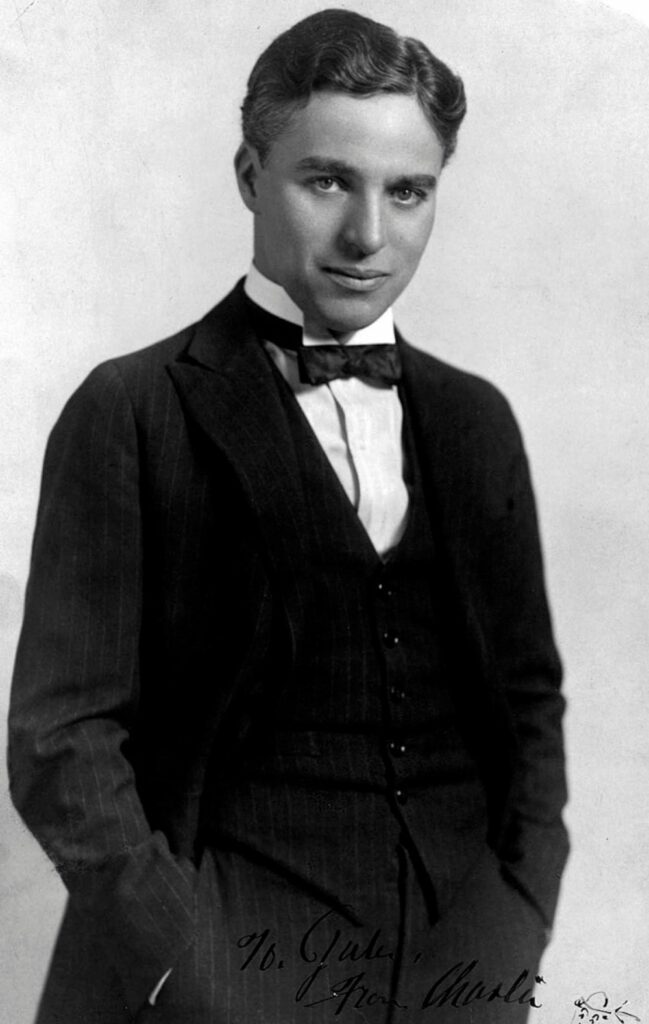
According to Simon Louvish, the Tramp is identifiable to those who have never seen a Chaplin film or in locations where his films are never shown; this image of the actor has become a part of cultural history.
The critic Leonard Maltin has noted the “unique” and “indelible” quality of the Tramp and contended that no other comedian matched his “worldwide impact.”
Praising the character, Richard Schickel says Chaplin’s films with the Tramp are the most “eloquent, richly comic expressions of the human spirit” in film history.
Items linked to the character still command big prices at auctions; in 2006 a bowler hat and a bamboo cane from the Tramp’s costume sold for $140,000 in a Los Angeles auction.
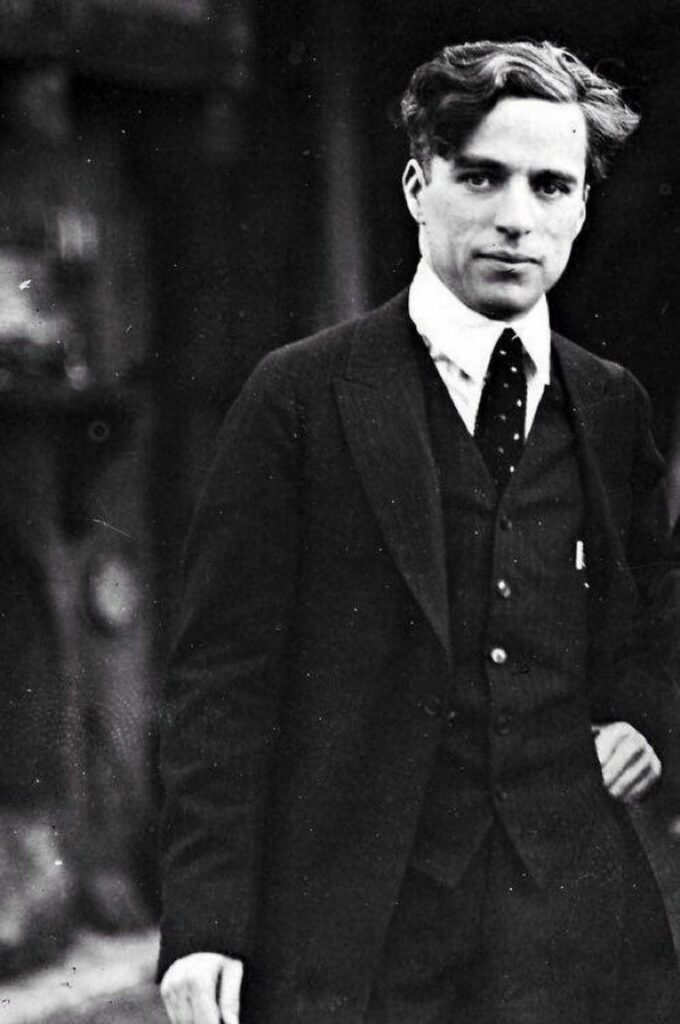
Filmmaking-wise, Chaplin is regarded as a forerunner and among the most powerful person of the early twenties. Many people attribute him as among the first musicians of the medium.
Film historian Mark Cousins says Chaplin “changed not only the imagery of cinema, but also its sociology and grammar” and argues Chaplin was as vital to the evolution of comedy as a genre as D.W. Griffith was to drama.
He was the first to popularize slow-down action and feature-length humor, therefore adding pathos and subtlety to it.
Though his work is typically categorized as slapstick, Chaplin’s drama A Woman of Paris (1923) was a major inspiration for Ernst Lubitsch’s film The Marriage Circle (1924), therefore helping to establish “sophisticated comedy”.
David Robinson said Chaplin’s inventions were “rapidly absorbed to become part of the common practice of film craft.”
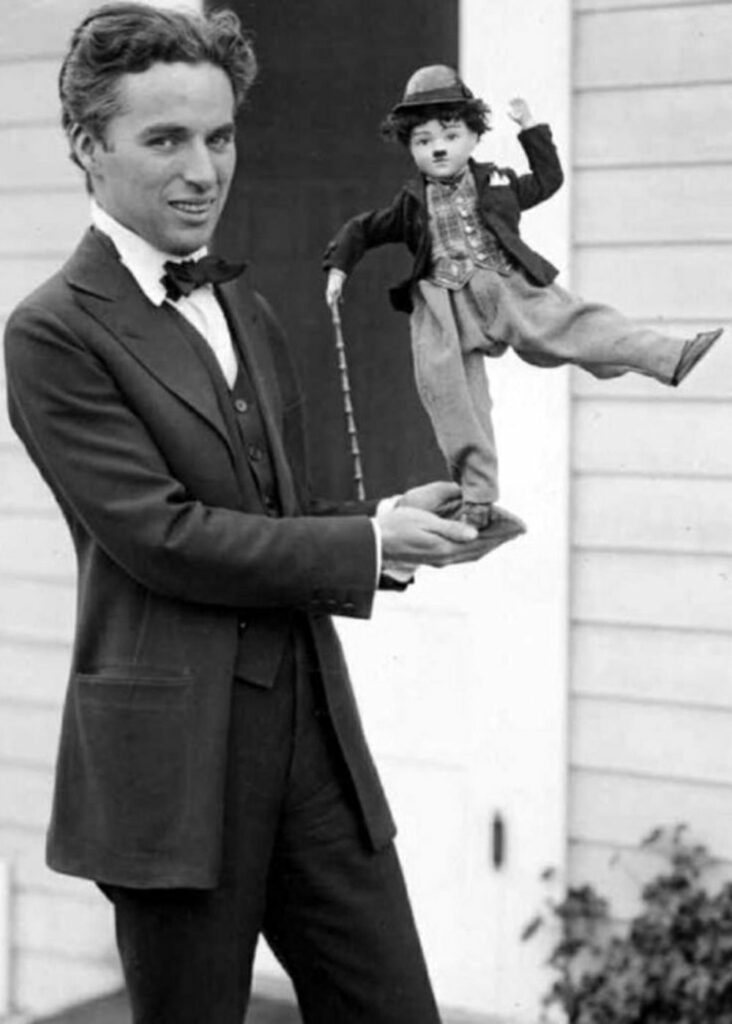
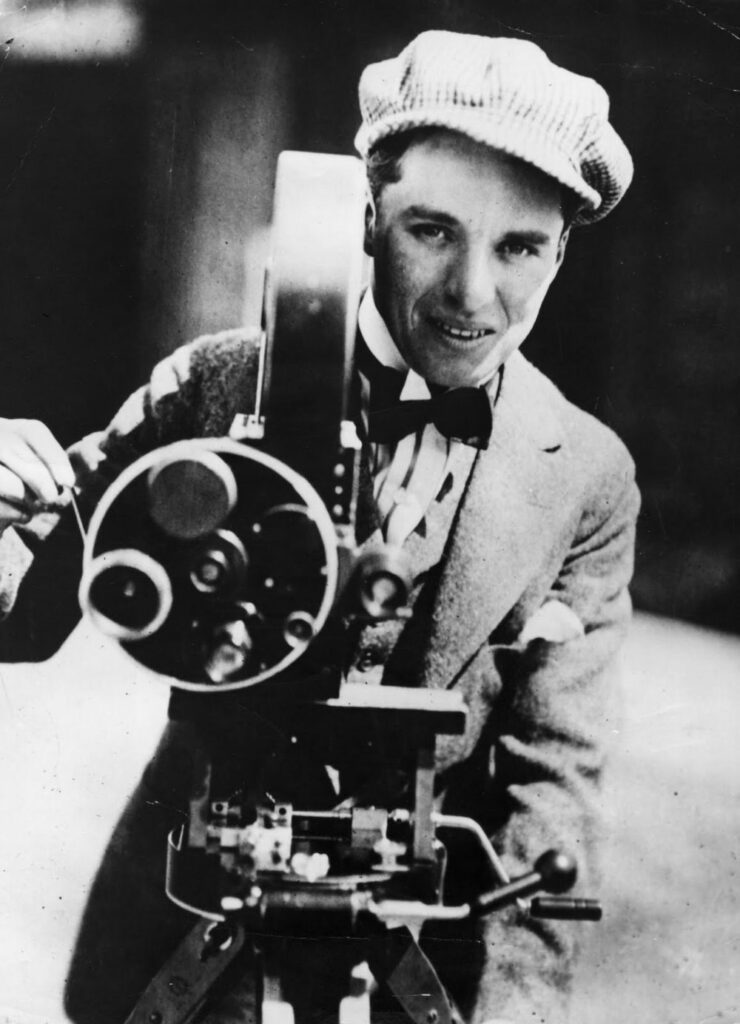
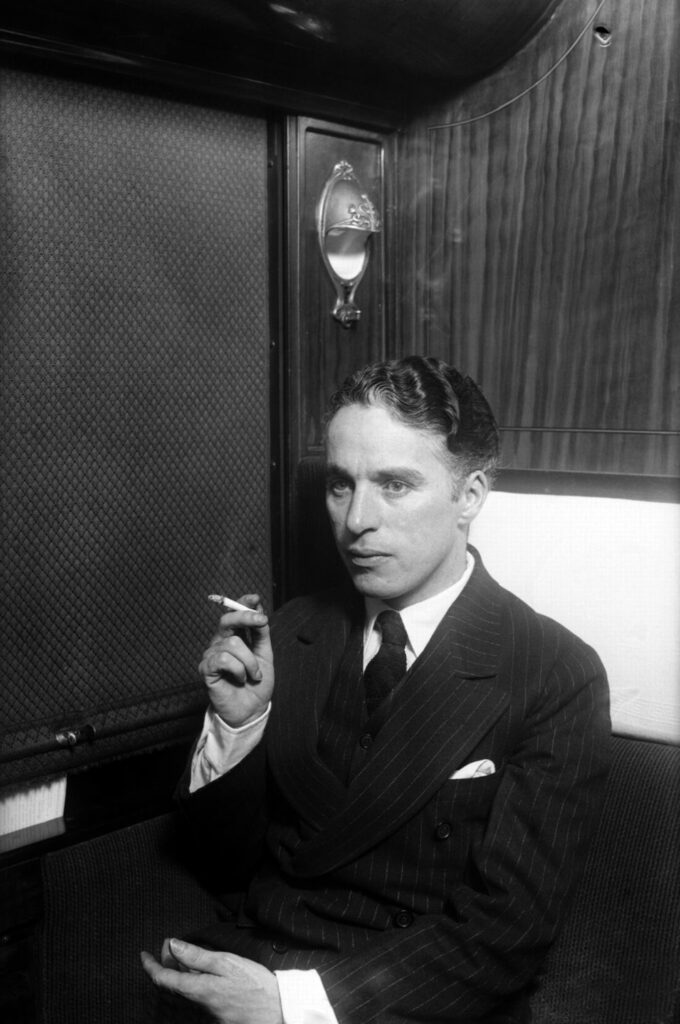
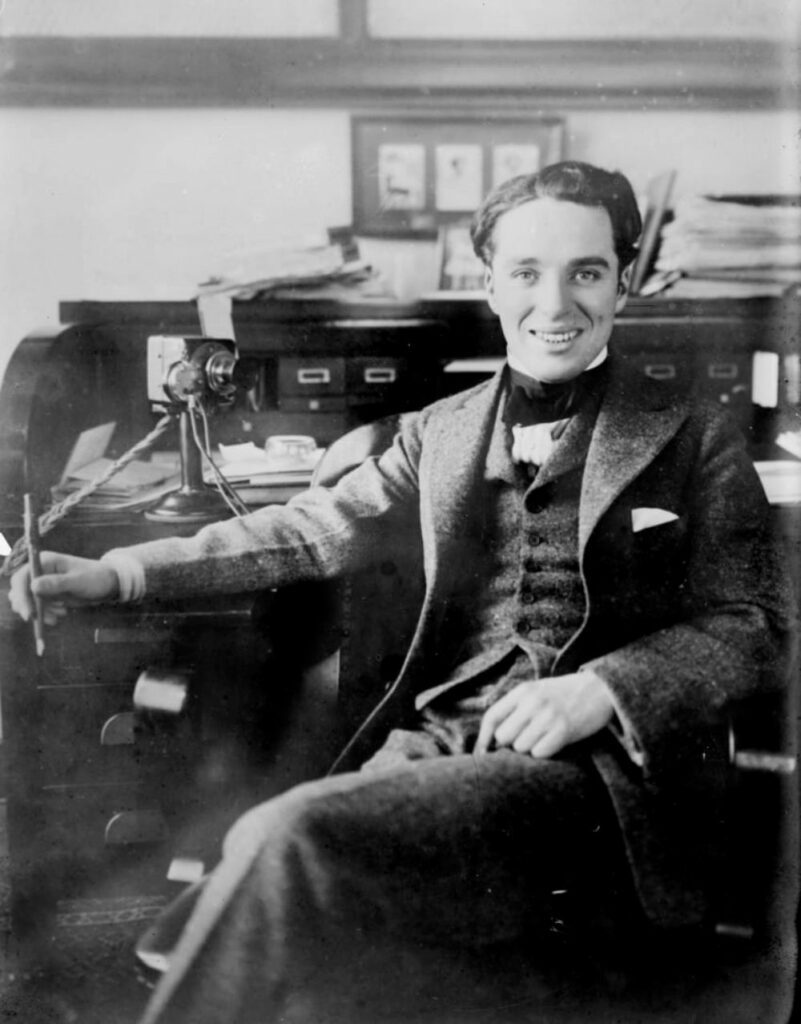
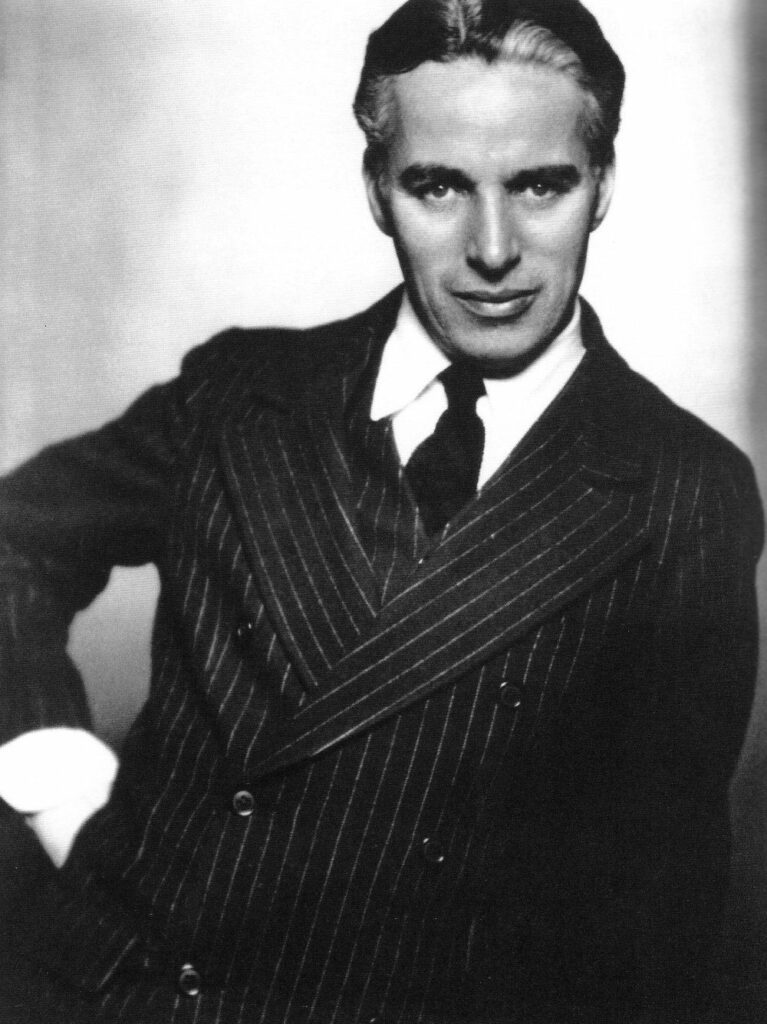
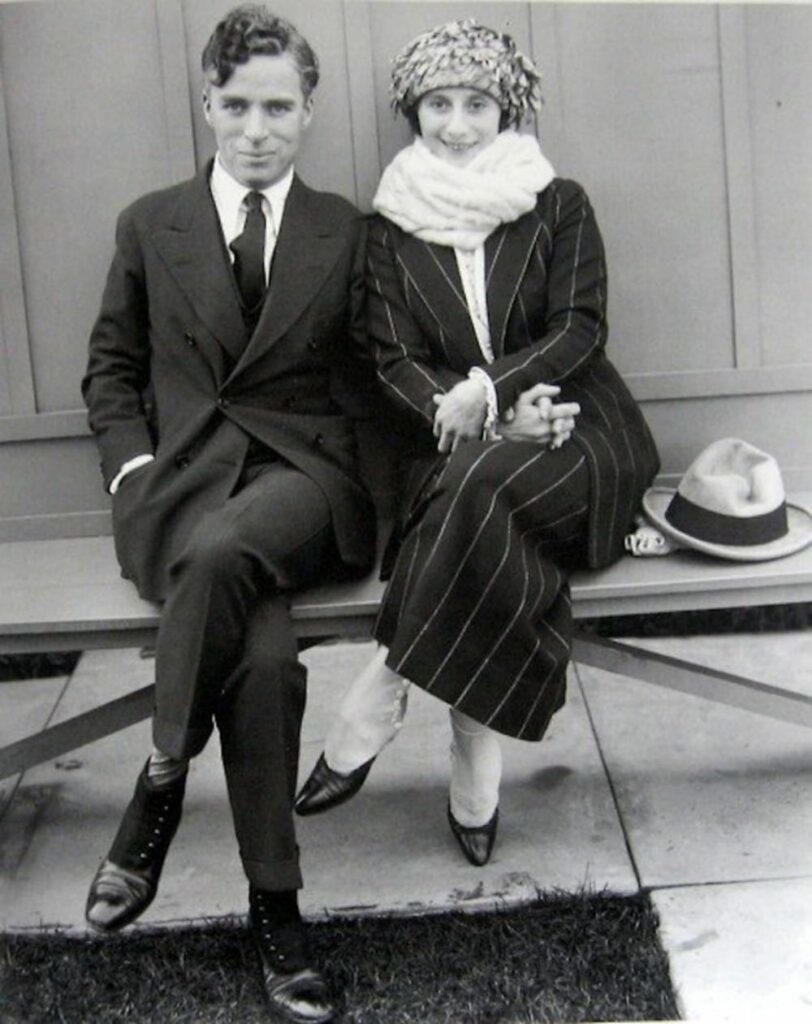
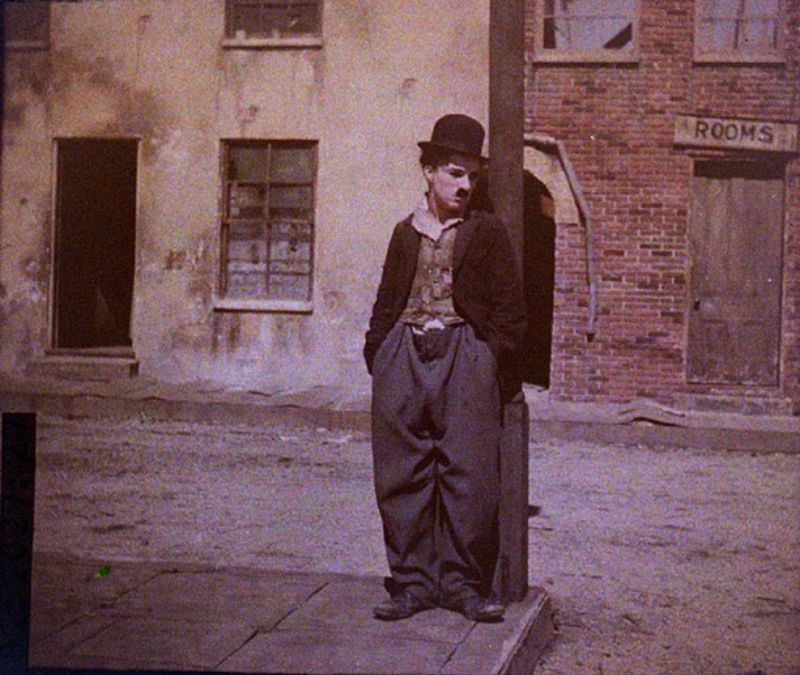
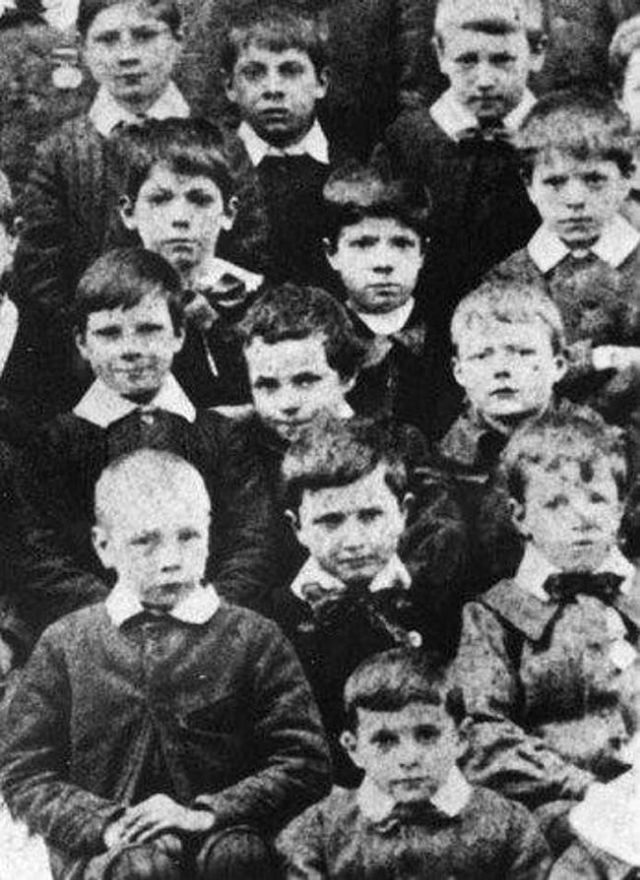
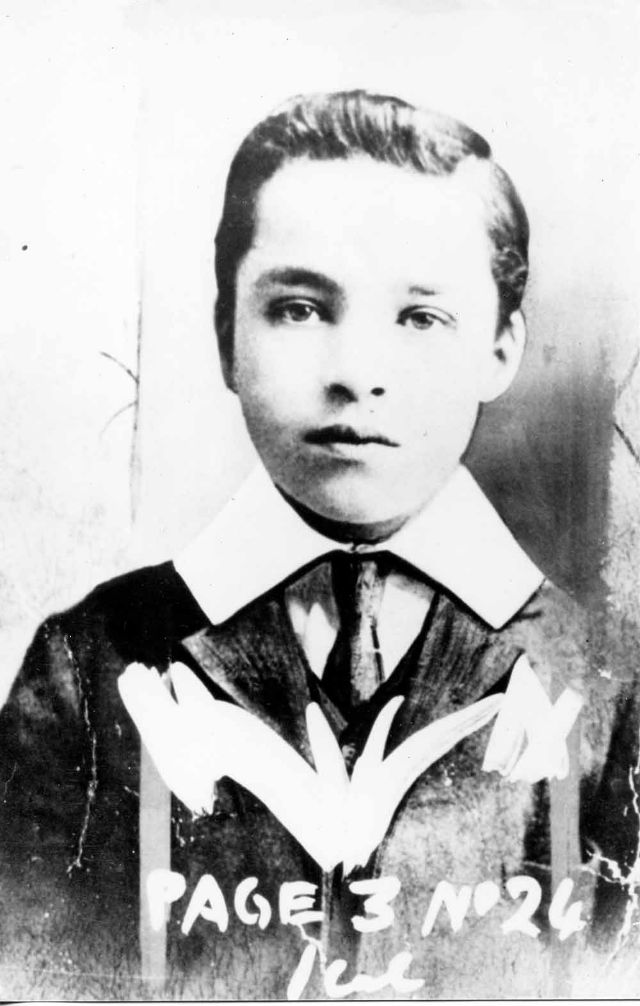
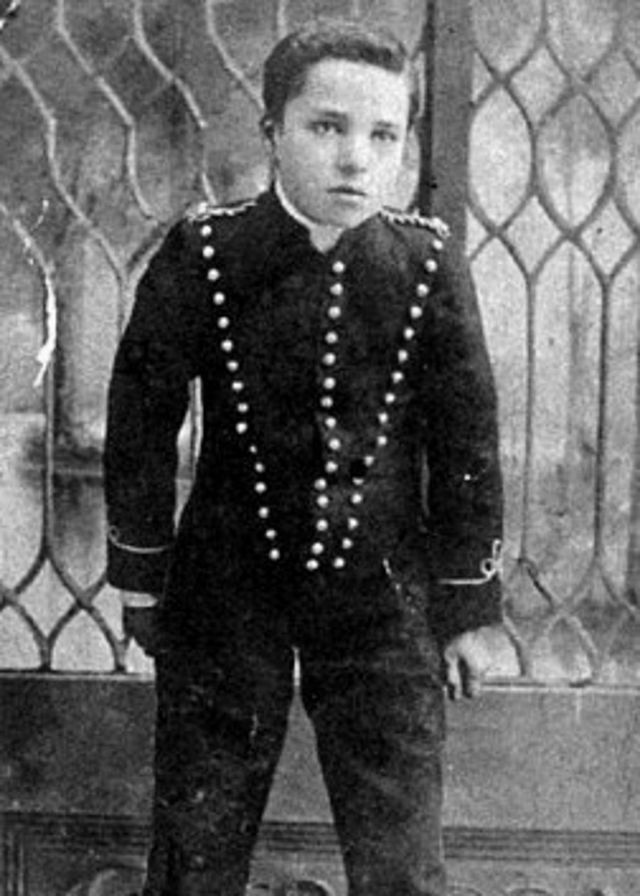
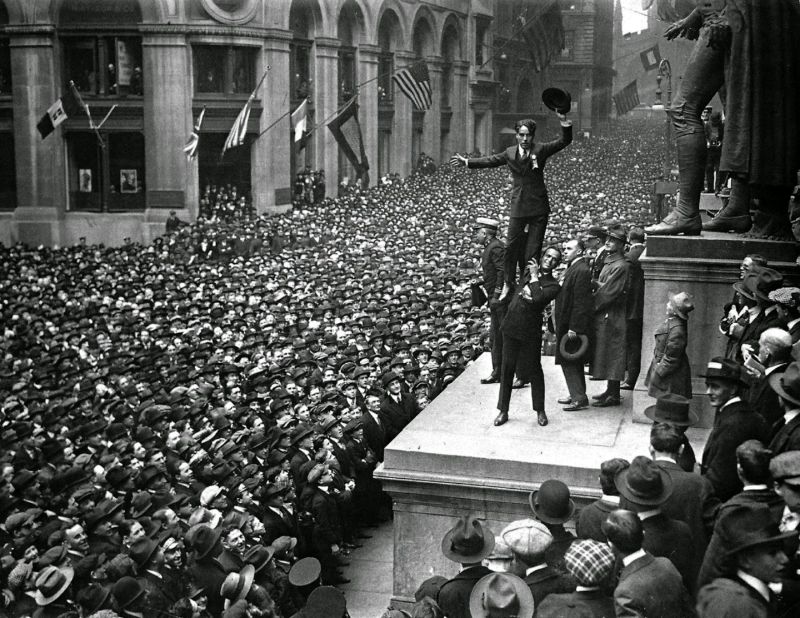
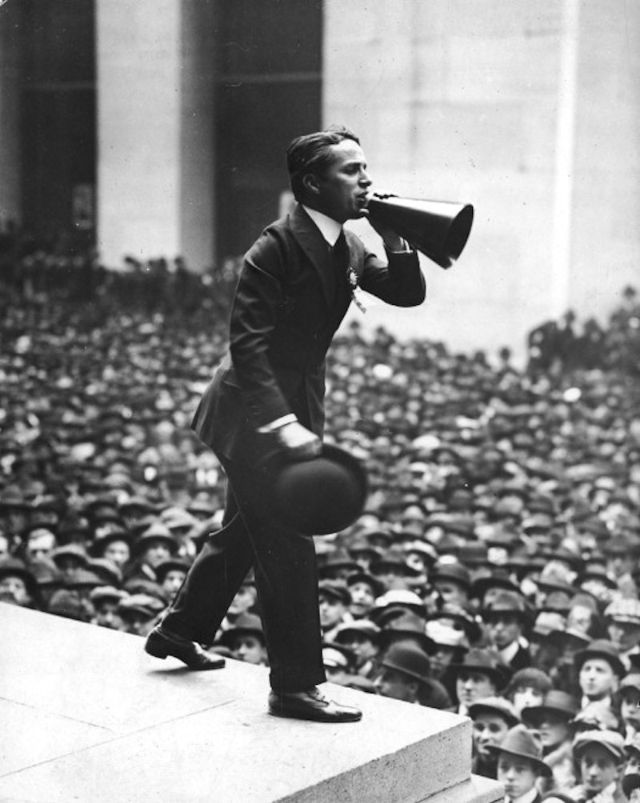
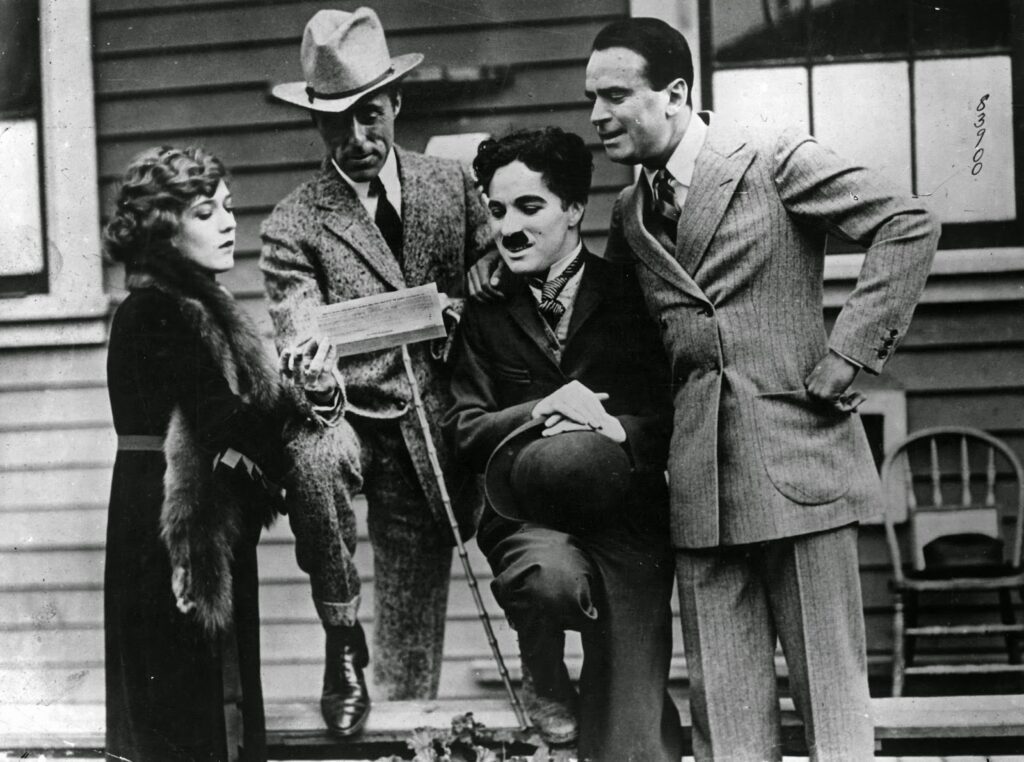
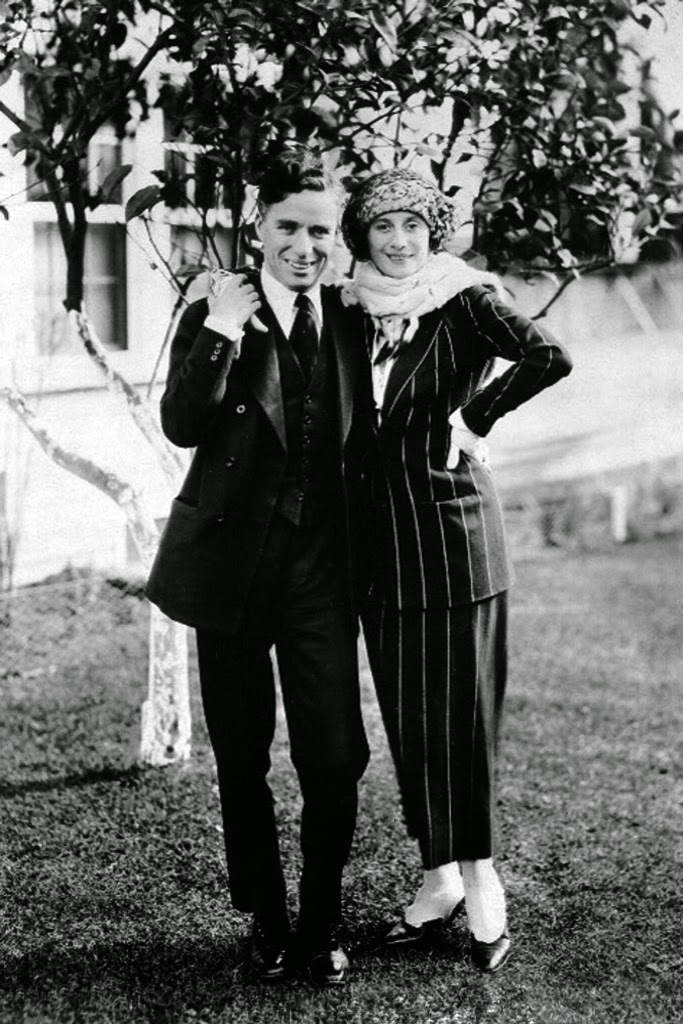
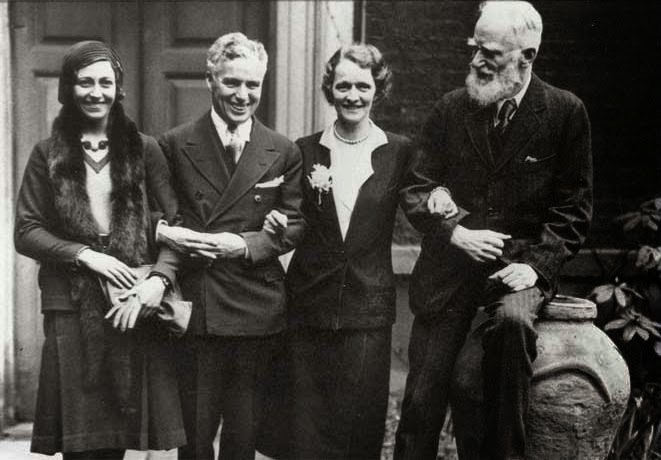
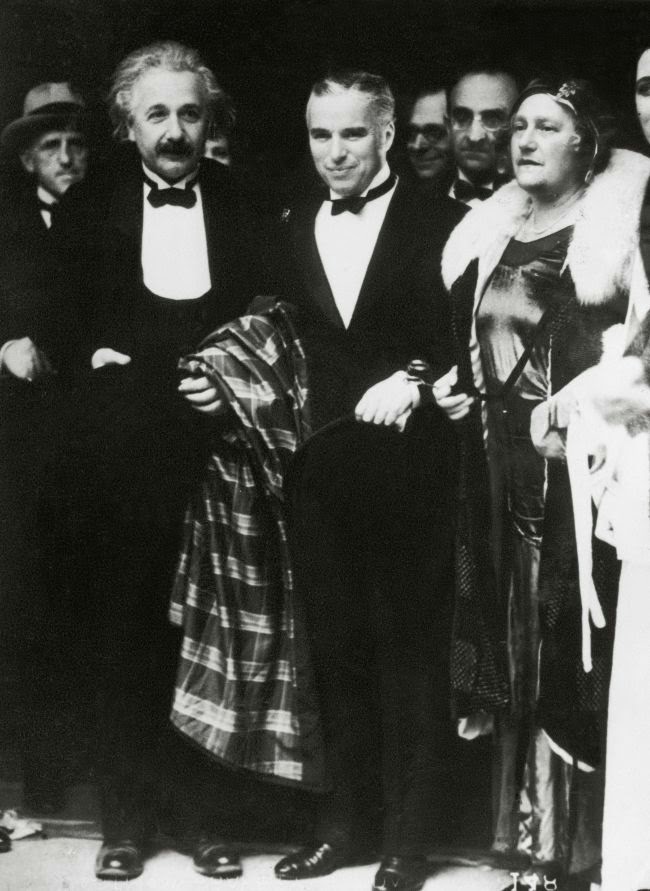
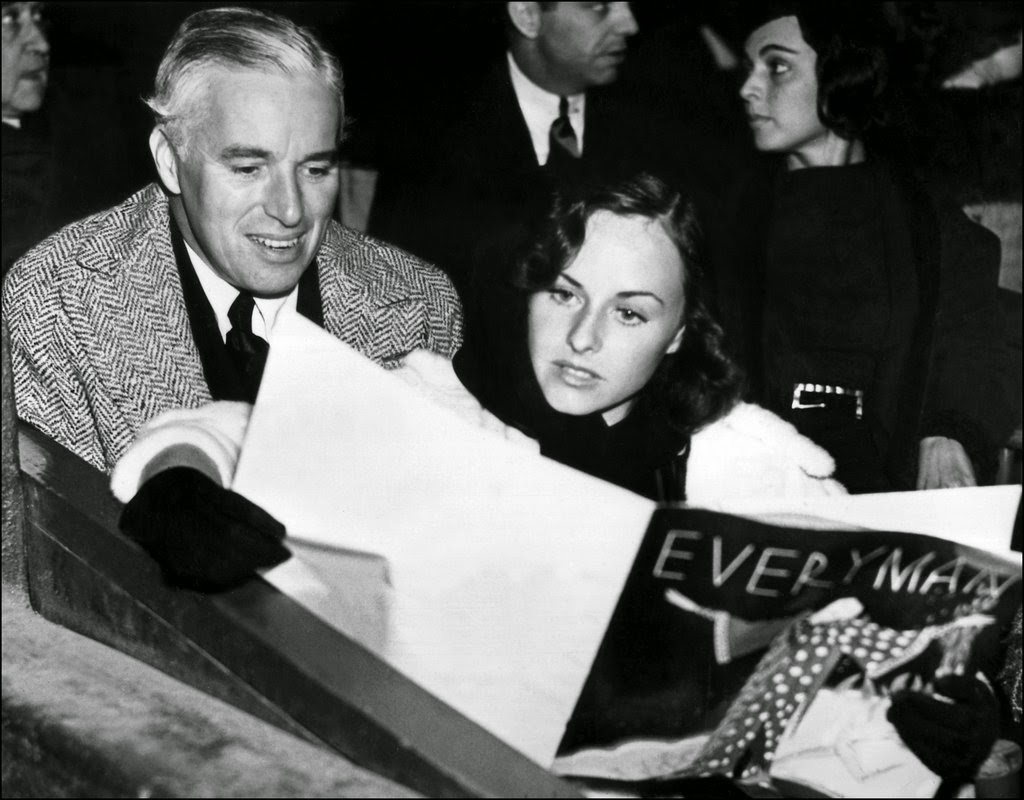



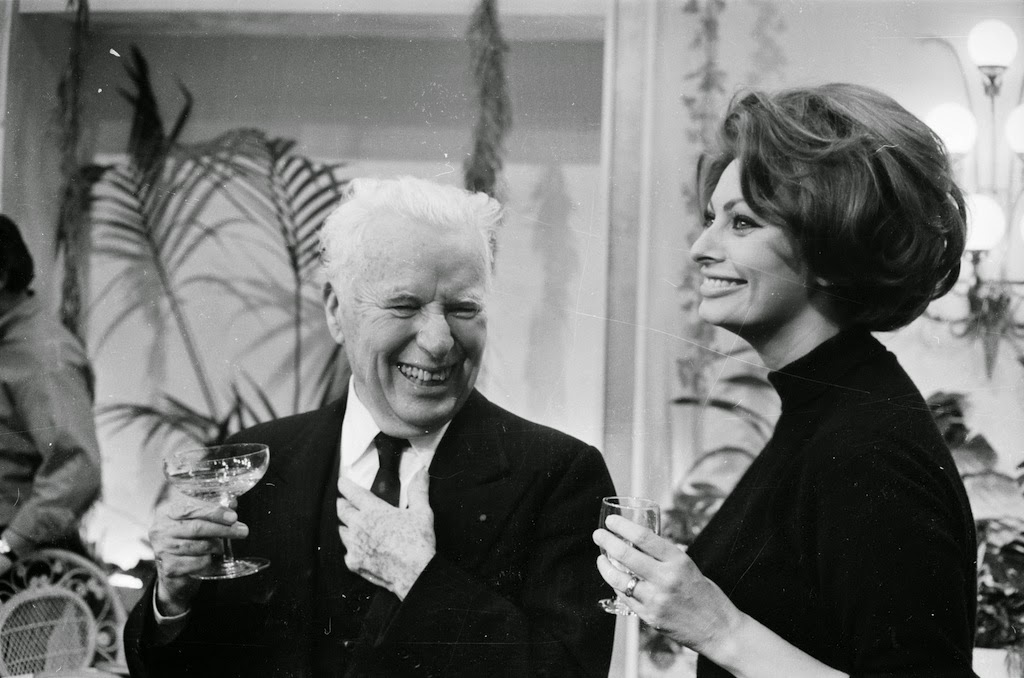
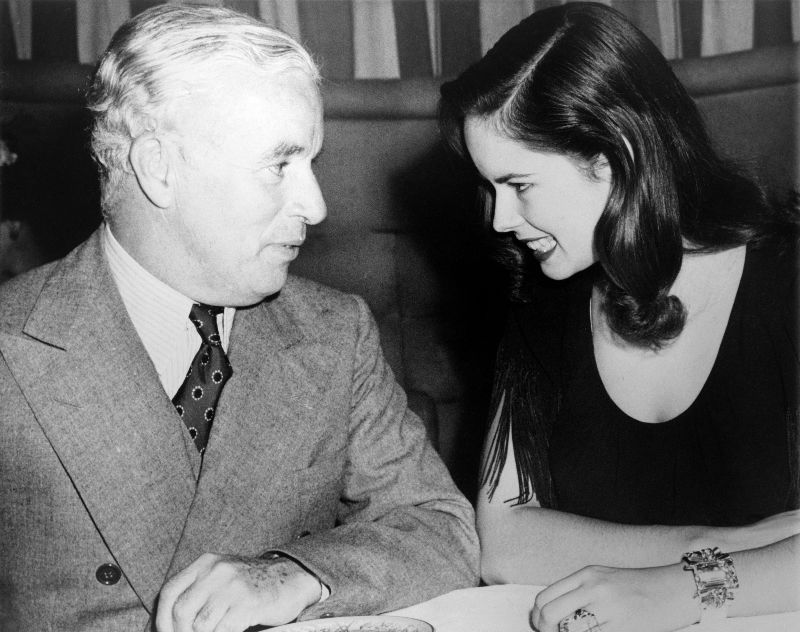
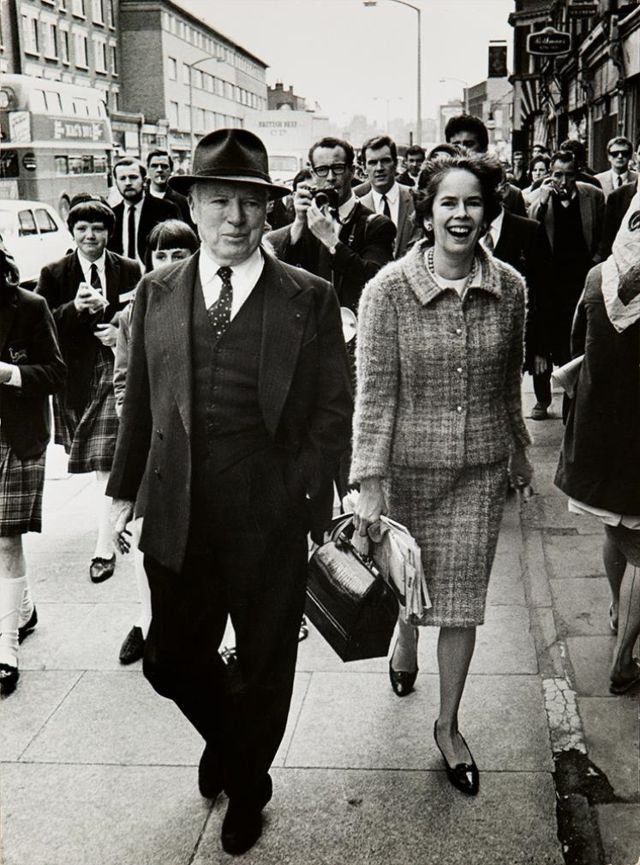
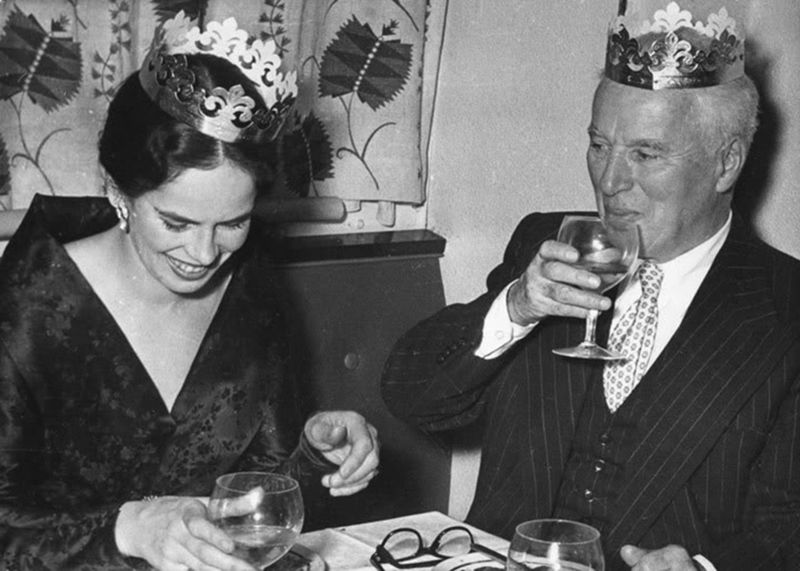
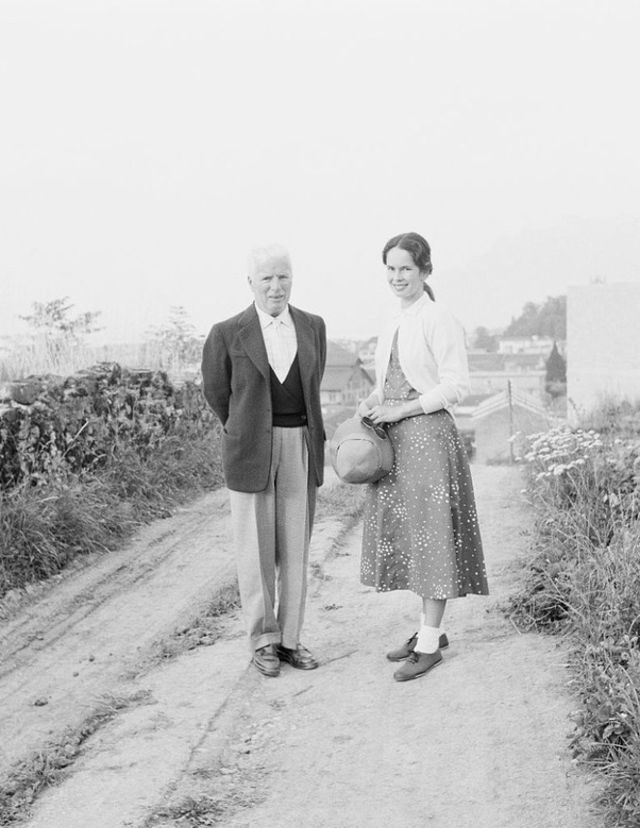
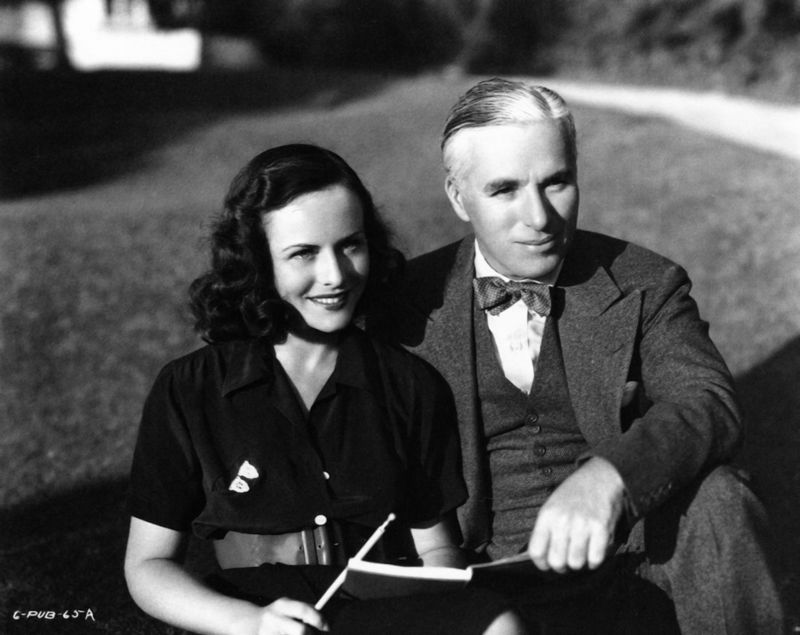
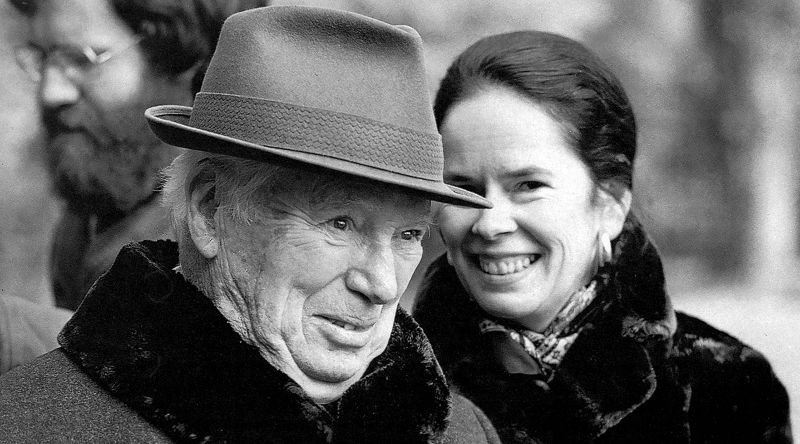

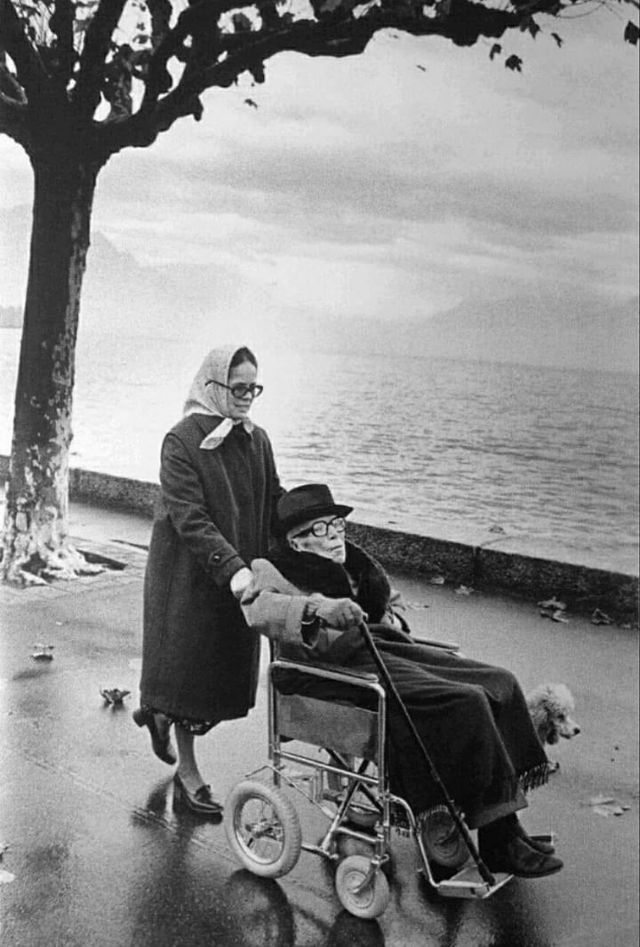
(Photo credit: Wikimedia Commons / Library of Congress / Britannica / Flickr).


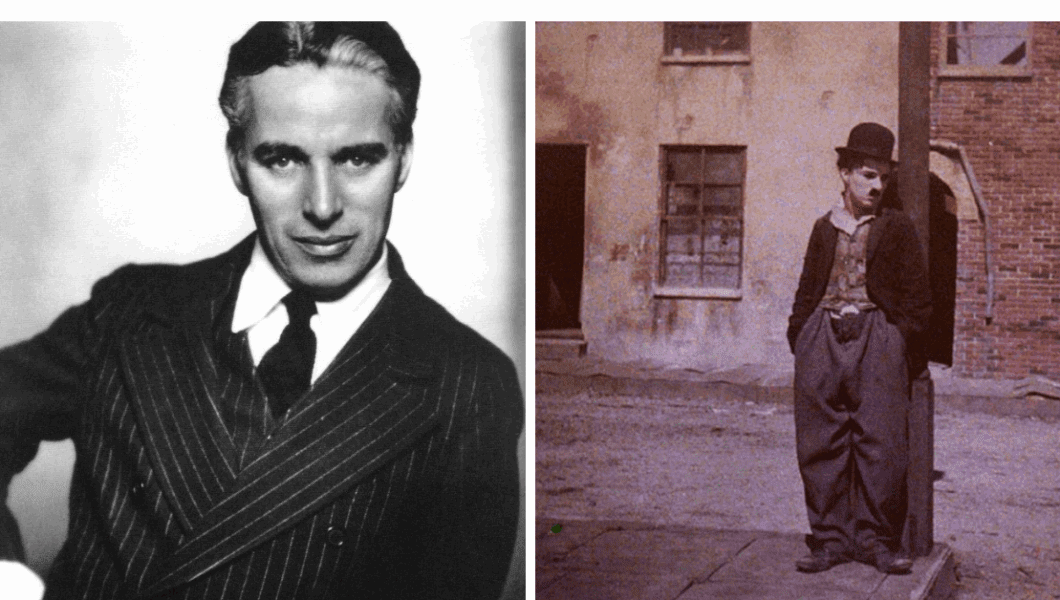
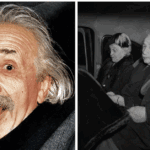
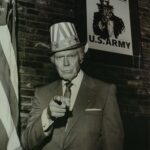
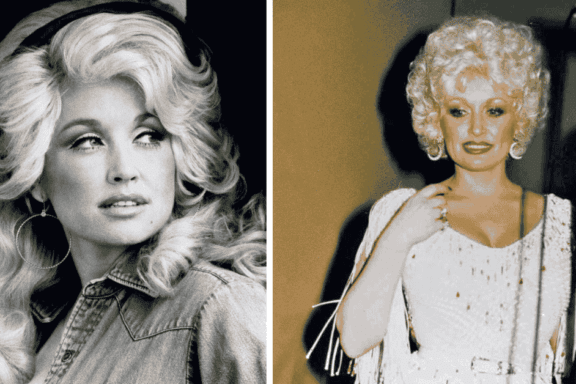


No Comments